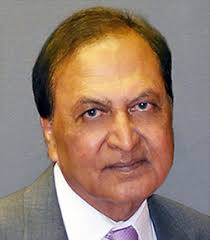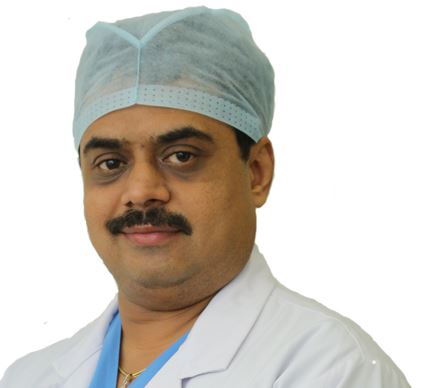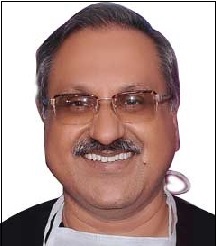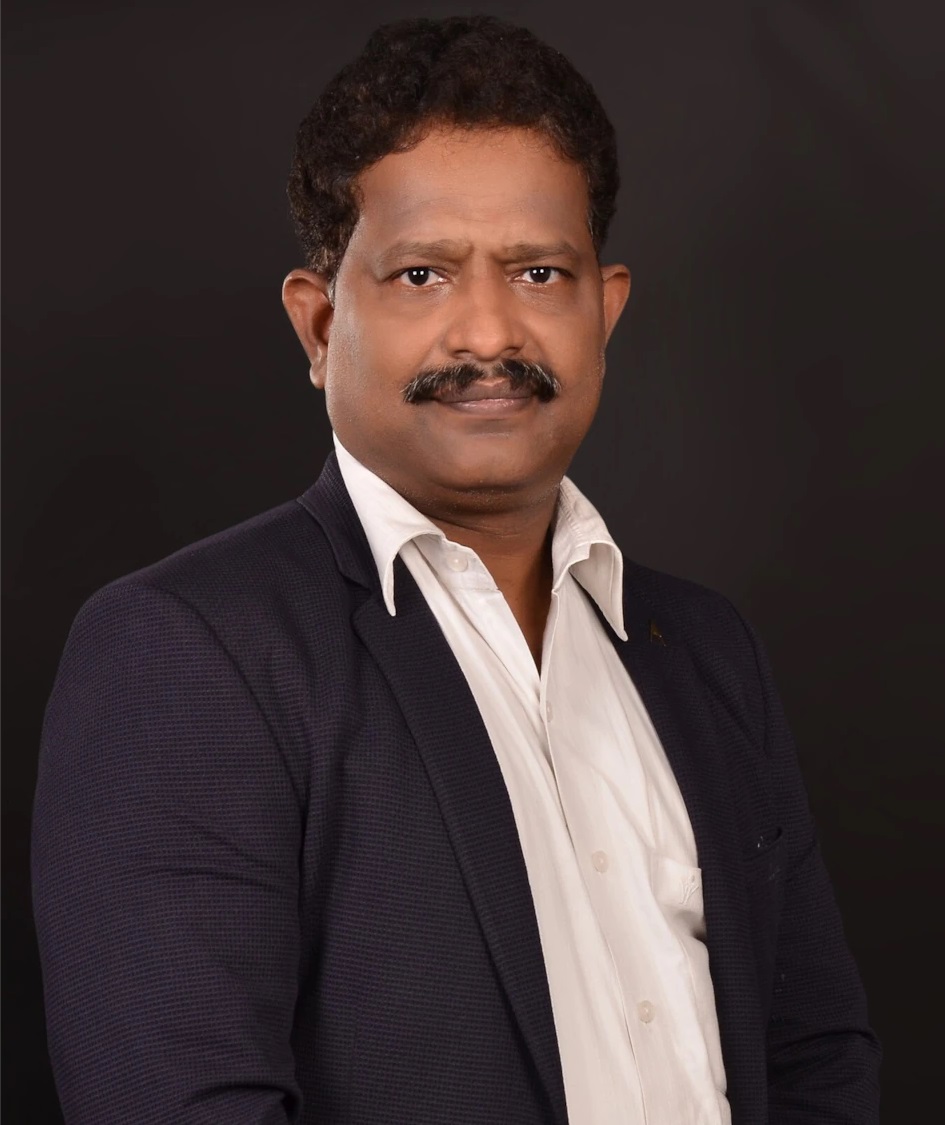Gynecomastia Surgery – Breast Freedom for Males
Introduction

Gynecomastia is a medical condition where the breasts of men or boys become bigger due to the changes in hormone secretion.
While men’s body majorly produces testosterone, it also produces estrogen in little quantities, which is the hormone responsible for sexual growth in women. If the amount of estrogen secretion is in excess as compared to testosterone, the male breast tissues swell up, thus giving an impression of oversized breasts.
What Causes Gynecomastia?
Several causes could result in Gynecomastia based on the age in which they occur.
In Infants
Gynecomastia can happen to newly born male babies, possibly due to the high quantity of estrogen passed on from their mothers. This swelling in the breasts will usually reduce and finally return to normal once the estrogen levels come down.
In Boys
Young boys may show signs of Gynecomastia when they hit puberty. This is generally due to an imbalance in the shift in the hormonal levels of the body.
In Middle-Aged and Older Men
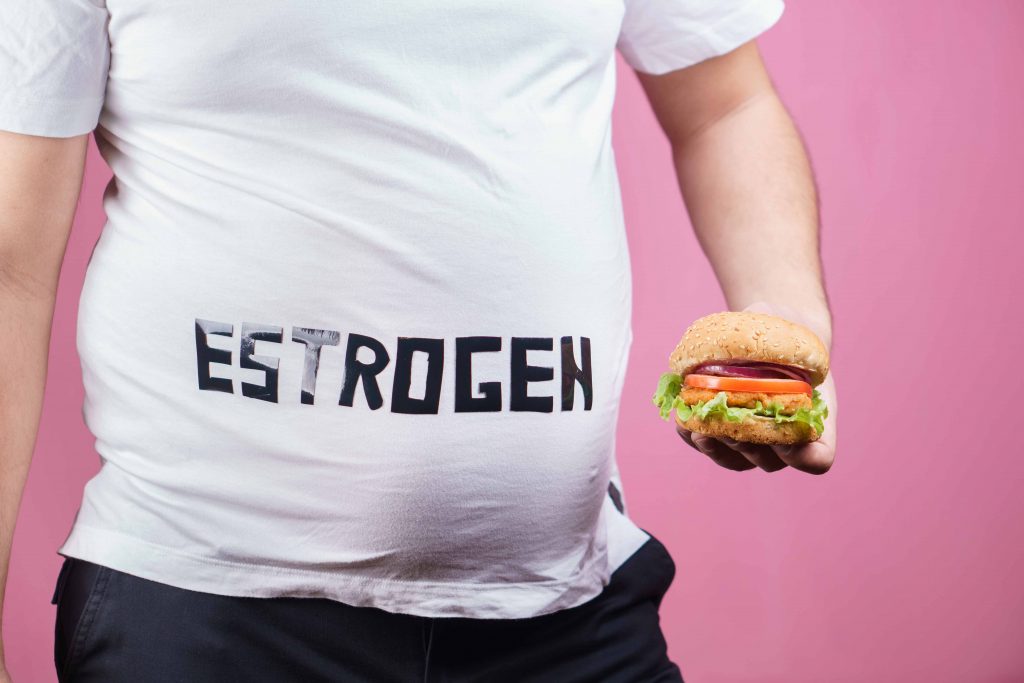
As men start ageing, the amount of testosterone produced by the body comes down in comparison to estrogen, which could result in Gynecomastia. Sometimes, due to the hereditary reasons, the male reproductive organs may be improper and result in a reduced secretion of testosterone. Besides these natural conditions, Gynecomastia can also occur due to some external factors like:
• Acute usage of illegal drugs like anabolic steroids, marijuana, opioids, heroin, etc.
• Consumption of drugs for certain diseases like cancer, heart diseases, ulcers, etc.
• Abuse of drugs like tricyclic anti-depressants, some HIV medications, etc.
• Any injury or disease that affects the testicles, which in turn could affect the secretion of testosterone.
• Thyroid issues, which can create a hormonal imbalance in the body.
• Certain herbal medications that can derail the testosterone production.
• Essential oils like tea tree oil and lavender oil found in creams and shampoos could lead to gynecomastia.
• Obesity can increase the secretion of estrogen.
In addition to these major causes for Gynecomastia, research is underway to find out more reasons for the occurrence of this medical condition.
How Can You Identify Gynecomastia?
Gynecomastia is the condition of increase in the glandular tissues and not the fatty tissues as people generally presume. Gynecomastia is detectable with the increase in the size of the glandular tissues present near the nipple. You can feel a lump near your nipple, which would not be painful but can feel sore.
Gynecomastia can happen to one or both the breasts. Sometimes, there can also be an uneven increase in the size of the lumps on the breasts. The pigmented area around the nipple may increase in diameter because of these lumps and may result in sagging.
As per research studies, men with Gynecomastia have more chances of developing breast cancer. Therefore, it is best not to ignore its signs and visit a qualified doctor immediately for thorough check-up.
Diagnosis of Gynecomastia
If you detect any abnormal increase in the breast size, swelling or lumps, it is best to visit an expert physician. He will perform a physical examination of the breasts and will analyze the medical history of the patient accordingly.
Medical tests: In order to rule out breast cancer, the doctor may order for a mammogram. Apart from this, the doctor may ask to undergo other tests to rule out cysts, fat necrosis, mastitis, etc. You will need to provide blood and urine test results to check the level of hormone secretion in your body to confirm Gynecomastia.
Finding out the root cause: The patients should inform the doctor about every medical condition they have or had in the past. It could be the injuries starting from their childhood, any recent changes in their medications, etc. This will help the doctor to pinpoint the reason for Gynecomastia and prevent its augmentation.
How Can Gynecomastia Be Treated?
After the conformation of Gynecomastia, the surgeon will consider various conditions before recommending a treatment.
If Gynecomastia occurs during puberty, the surgeon will ask to wait for around two years after which, the breast size generally returns to its normal condition on its own. In case of any medications causing Gynecomastia, the specialist may suggest for any alternate course of medication to stop aggravating it.
Taking into account the factors of age and medical conditions, the surgeon will recommend the best course of treatment. He may start with medications to reduce the breast size naturally. If the medicines do not yield any results, the next option is to go for Gynecomastia surgery.
The two types of male breast reduction surgeries performed include Liposuction and Tissue Excision.
Male Breast Reduction through Liposuction
For this treatment, the surgeons perform Liposuction in various parts of the body to remove fatty tissues. In addition to fatty tissues, he also removes the glandular tissues through an incision made near the armpit or near the areola. By varying the amount of tissue removed, the surgeon can create a firm looking chest that is symmetrical with your body.
Male Breast Reduction through Tissue Excision
For men who have very large sagging breasts, the liposuction procedure is not sufficient to remove the tissues and to give a perfect contour to the chest. The tissue excision procedure allows better access inside the chest area in this regard. It involves the removal of more tissues and skin by incisions made around the areola and in the creases between the breasts.
If the patient is overweight, the surgeon may advise undergoing surgery after weight reduction. If not, it can result in breast sagging thereby requiring another procedure to correct it.
Risks Associated with Gynecomastia
Before going for a gynecomastia surgery, knowing about all its pros and cons, risk factors, realistic results and after effects is important. Due to the nature of the surgery involved, there can be some risks with Gynecomastia surgery.
Moreover, depending on the procedure performed, Gynecomastia surgery side effects can last for a few months, may be long-lasting or could require another treatment. Here are the possible risks:
• The patient may feel a burning sensation or pain for almost a year after the surgery.
• There can be chances of fluid accumulation under the breasts, which is due to the negligence of the surgeon.
• You may have a permanent scarring or pigmentation due to the surgery.
• The patient may have an allergic reaction to the anesthesia administered.
• In case of any uneven breast tissue removal during the surgery, it could result in resulting in postoperative symmetry, which will require another surgical procedure for correction.
• The patient can become numb or insensitive to touch in the areas surrounding the nipples.
Choosing The Right Surgeon for Gynecomastia Surgery
To avoid any complications in the future, it is important to choose the right plastic surgeon for your Gynecomastia surgery. Spend some time to research the best surgeons in your area and don’t be shy to ask for recommendations. If you have previously consulted a general practitioner, you can also ask the doctor for recommendations to a good surgeon.

• Qualified Surgeon: Make sure that the surgeon you choose is qualified enough to perform the surgeon. He should have adequate experience in not only performing the usual cosmetic surgeries but also in Gynecomastia.
• Comfort Level with Surgeon: Talk directly with the surgeon and check your comfort level. It is crucial that you feel at ease with the surgeon and confident in the approach. Be open about your expectations from this surgery and ask about any side effects that you might face in the future.
As you visit the surgeon, he will examine your body and ask you to undergo some basic tests to decide the best surgical treatment for your condition. It could be either liposuction or tissue excision.
How Much Does Gynecomastia Cost in India?
The cost of Gynecomastia surgery varies across different cities in India. Generally, Gynecomastia surgery costs about Rs. 60,000 to Rs. 1,00,000 based on the kind of procedure that suits your condition the best. Additionally, you will also need to bear some charges for the consultation, tests and the medications required after the procedure.
Getting Prepared for Gynecomastia
Before you go for a successful gynecomastia surgery, the surgeon may advise you some important things to follow:
• Refrain from smoking for at least one to two months before the surgery.
• If you consume aspirin on regular basis or are taking any prescribed anti-inflammatory drugs, avoid them for around a month before the surgery.
• If you face any health complications weeks before the surgery, don’t fail to inform the surgeon of the same.
• Arrange for a person to drive you back after the surgery.
• Make sure to keep the usual items you need at home in easily accessible places.
• Have some ice packs ready at home for you after the surgery.
• Ensure to take a week off from work depending on the advice of the surgeon.
• Make sure not to eat for about 8 hours before the surgery.
How Is Gynecomastia Performed?
Anaesthesia: The Gynecomastia surgery starts with administering the anesthesia. The surgeon may administer:
• Local anesthesia to render your breast area numb, or
• General anesthesia to make you unconscious throughout the surgery.
Procedure: The surgeon will make incisions around the breasts depending on the kind of surgery decided- liposuction or tissue excision. Through these incisions, he will remove the excess fat and glandular tissues to make your chest look flat and solid. After removing the tissues, the surgeon will stitch back the incisions with sutures and position the skin above to make it look natural.
Observation: After the completion of the surgery, the staff will take you to an observational ward to check for any other signs of issues arising due to surgery. The surgeon will place your breasts in a compression garment to prevent any damages to the recently operated area. If the breasts look normal and you do not show any unusual symptoms, then you can go home within a few hours after the effects of anesthesia wear off.
Post-Surgery Care and Recovery
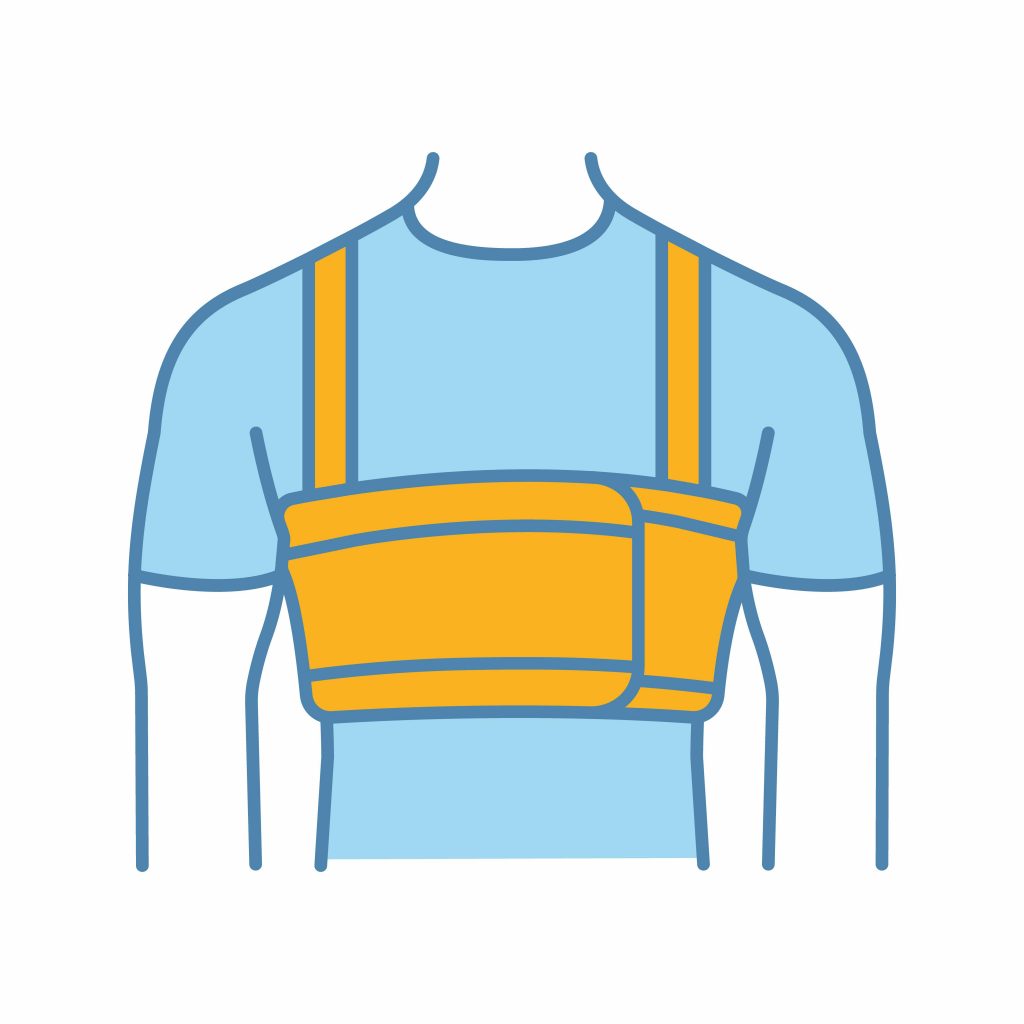
After the surgery, it is essential to take care of our chest area properly. Do not indulge in any activities, however minor, which can put pressure on the chest. Here are some of the suggestions to follow post surgery:
• Avoid jumping, swimming, jogging and running for at least a month or two after the surgery.
• You will need to wear the compression garment for at least 3 weeks after the surgery.
• Generally, you can return to your work in a week after the surgery if you have a desk job that doesn’t require travelling or moving around often.
• It is advisable to limit any physical activities other than walking for about 3 weeks after the surgery.
• Stay out of direct sun for a few months after the surgery depending on the surgeon’s advice.
• Be regular with the medications.
You can resume doing some small exercises after three weeks on the advice of the surgeon. Do not engage in any of the above activities until the surgeon gives his approval. Every patient has his own healing process, and depending on the rate at which you are healing, your surgeon may advise you the next steps to follow.
Gaining Confidence Back: Once the swelling has reduced two to three weeks after the surgery, you can notice the results of the procedure. Patients generally feel an increase in their confidence levels after seeing their flat chest contour. So, you can now engage in physical activities and wear new clothes, which you had avoided due to large breast size till date.
Maintaining The Results: The results of the gynecomastia surgery could be permanent on the condition that you lead a healthy lifestyle by maintaining your body weight. Also, make sure to avoid the consumption of any medications that could drive you back to this condition.
If you feel any unusual pain or sensation in the chest area a few months after the surgery, please contact the respective surgeon for proper examination.
our surgeons:

